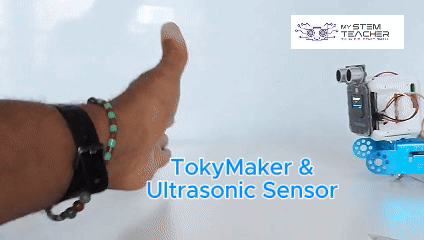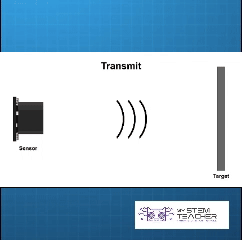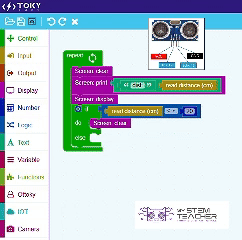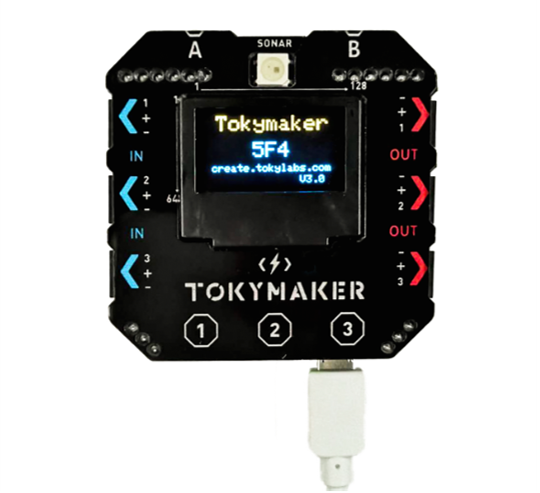Understanding a Robot’s Brain
The Microcontroller
You see a student’s first robot zipping across the floor when, suddenly, it swerves to avoid a book left in its path.
How did it know the book was there? How did it decide to turn? The magic behind that moment isn’t magic at all—it’s a tiny, powerful brain called a microcontroller.
A microcontroller is a miniature, programmable computer on a single chip. It’s the component that you, the creator, will tell what to do.
It’s the heart of countless electronic devices, from microwaves to the very robot you’re about to build. In this guide, we’ll demystify this “brain” and explain exactly what it does to bring a machine to life.
What Does a Microcontroller Actually Do?
Just like our own brain, a microcontroller performs a simple, three-step process: it takes in information, thinks about it, and then acts. This is often called Input, Process, Output.

Output (Acts): Finally, the microcontroller sends a command to other parts of the robot to make something happen. Based on its decision, it sends an electrical signal to the motors. For instance: “Tell the left wheel to stop and the right wheel to spin forward.” This action, or output, causes the robot to turn away from the obstacle.
Input (Senses): First, the microcontroller receives information from the outside world through electronic components like sensors or buttons. For our obstacle-avoiding robot, an ultrasonic sensor (its “eyes”) sends a signal to the microcontroller. This signal is the input. For example: “The sensor sees an object 10cm away.”

Process (Thinks): Next, the microcontroller runs a program—a set of instructions you write—to make a decision based on that input. This is where the logic happens. Your code might say something like: “IF an object is less than 20cm away, THEN activate the ‘turn left’ sequence.” The microcontroller processes the input from the sensor and follows this rule.

This Input-Process-Output loop happens hundreds of times per second, allowing the robot to react to its environment in real-time.
Summary

At its core, a microcontroller is the programmable “brain” of an electronics project.
Its function can be broken down into a simple, three-part cycle:
- it takes Input from sensors
- Processes that information using code you provide, and
- creates an Output by sending commands to components like motors and lights.
This fundamental Input-Process-Output loop is the key concept behind all robotics, from the simplest blinking light to a complex, obstacle avoiding cars.
Understanding this single idea is the most important first step on your journey into building robots.